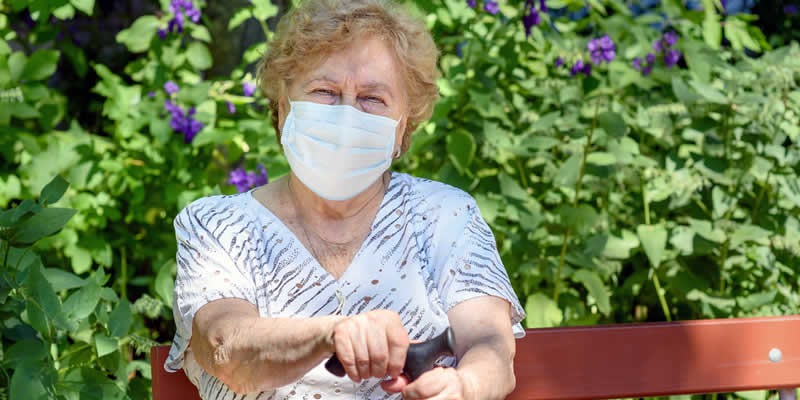Researchers believe that techniques they have used to rejuvenate a 53-year-old woman’s skin cells to the equivalent of a 23-year-old’s could help treat age-related diseases.
The scientists believe they can use the same technique on other tissue in the body with hopes to develop treatments for age-related diseases, including diabetes, heart disease and neurological disorders.
The technology used in the study was based on that used over 25 years ago to create Dolly the sheep, the first cloned mammal made using a human somatic cell (a body cell which is not a sperm or egg cell).
Professor Wolf Reik, lead researcher from the Babraham Institute in Cambridge, hopes that the technique could ultimately be used to help keep people healthier for longer as they age.
He said: “We have been dreaming about this kind of thing. Many common diseases get worse with age and to think about helping people in this way is super exciting.”
Although the work is still at an early stage and there are numerous scientific issues to solve, Professor Reich emphasised that being able to demonstrate that cell rejuvenation is possible is a critical breakthrough.
The technique originated from the one used in the 1990s by researchers who turned an adult sheep’s mammary gland cell into an embryo, creating Dolly the cloned sheep. The aim was not to clone sheep or humans, but to create ‘human embryonic stem cells’. They hoped to use these stem cells to grow specific tissues to replace ‘worn out’ body parts, such as muscle, cartilage, and nerve cells.
The Dolly technique was simplified and labelled IPS in 2006 by Professor Shinya Yamanaka. The IPS technique added chemicals to adult cells for approximately 50 days to genetically alter the cells into stem cells.
Despite both techniques being developed, regrowing stem cells has proved challenging and the use of stem cells to treat diseases is extremely limited today.
Professor Reik’s team adapted the IPS technique by reducing the chemical bath from 50 days to 12 days and used it on 53-year-old skin cells. Dr Dilgeet Gill was surprised that the cells did not become embryonic stem cells, but instead became rejuvenated skin cells which appeared to be 23-years-old.
Dr Dilgeet Gill said: “I remember the day I got the results back and I didn’t quite believe that some of the cells were 30 years younger than they were supposed to be. It was a very exciting day!”
Although the IPS technique cannot be used in the clinic because it increases the risk of cancer, Professor Reik highlighted that knowing cells can be rejuvenated means that his team can work on an alternative, safer method.
“The long-term aim is to extend the human health span, rather than the lifespan, so that people can get older in a healthier way,” he said.
Professor Reik stated that creating medicines to rejuvenate and speed up the healing of older people’s skin where they have been cut or burned could be the first step. The next step would be seeing how the method works on other tissue, including muscle, liver, and blood cells.
Professor Melanie Welham, the executive chairman of the Biotechnology and Biological Sciences Research Council which funded part of the research creating Dolly the sheep, said that clinical benefits of the technology might not be far off.
She explained: “If similar approaches or new therapies could rejuvenate immune cells, which we know become less responsive as we age, then in the future it might be possible to boost people’s response to vaccination as well as their ability to fight infections.”
- Older brains struggle to remember memories, study shows
- Regular exercise boosts memory in older adults
Professor Reik went on to say that the idea of the study leading to the creation of a method of whole-body regeneration, an ‘elixir of youth’, or an anti-ageing pill is not totally unbelievable.
However, Professor Robin Lovell-Badge, from the Crick Institute in London, thinks that the scientific obstacles between Professor Reik’s lab results and the simplest clinical applications are significant. He highlighted that developing the rejuvenation method to other types of tissue or even a pill will be a difficult and complex process.
Professor Robin Lovell-Badge explained: ”If you find other chemicals to do the same thing, then that would be good, but they may be just as bad. So, it is ambitious to think you are going to find these chemicals easily and that they are going to be safer.
”It is also quite possible that other types of cells would require different conditions that may be hard to control. And whether you could do it with the whole body safely would be such a long way off, that I would think it would be pure speculation.”
The study was published in the journal Nature Communications.




